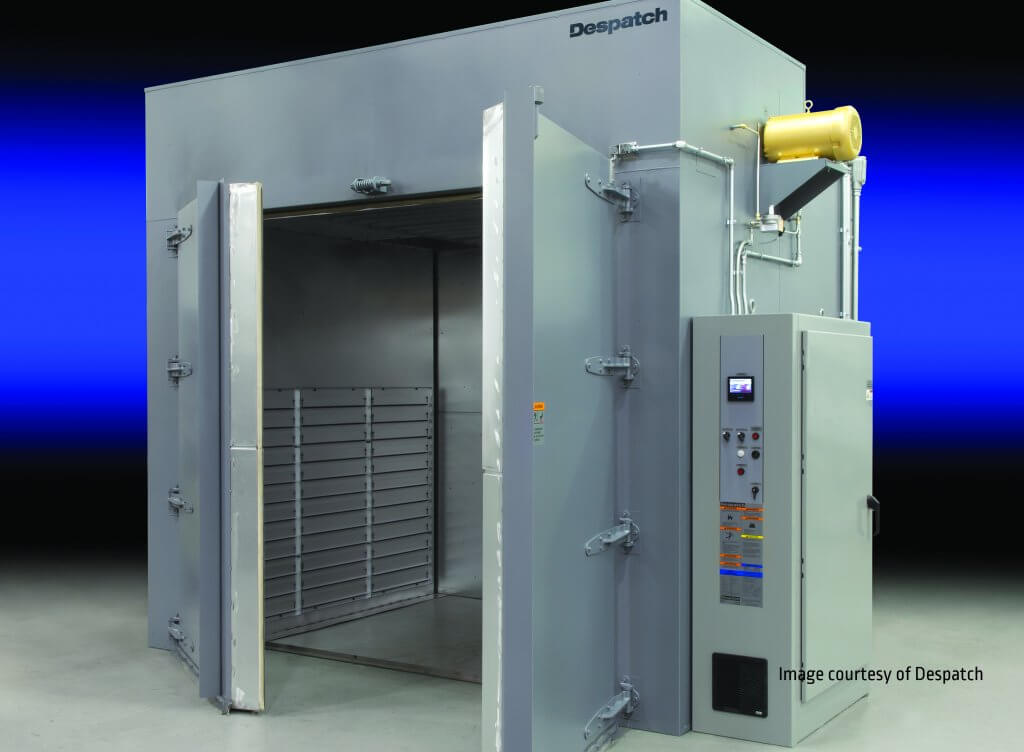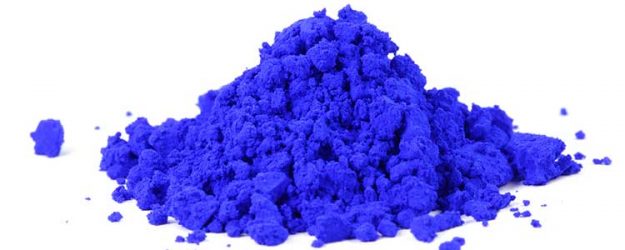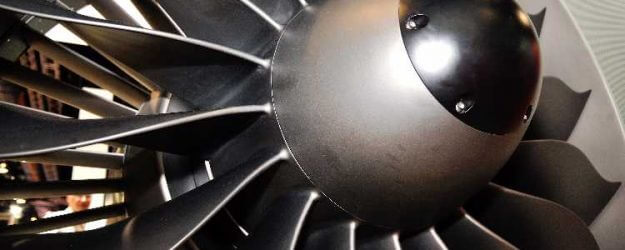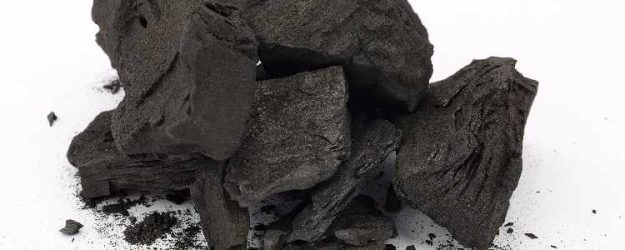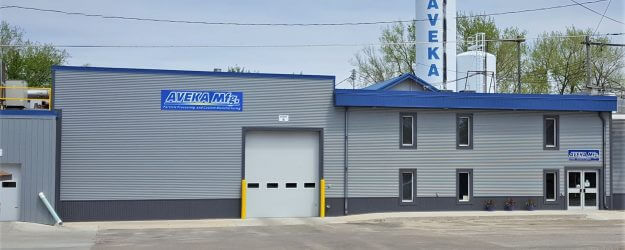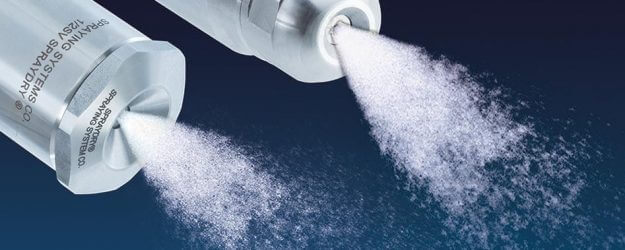Process
Tray Drying Services
Tray drying is a batch process used to dry materials that are liquid or wet cake. The input materials are placed into trays and loaded into AVEKA’s ovens for drying. Tray drying works well for material that requires more gentle processing or cannot be atomized in an air stream due to viscosity.
AVEKA utilizes ovens equipped with electric or steam elements, forced recirculating air, and forced exhaust. Nitrogen purging is available for inert drying conditions. AVEKA’s full-service analytical laboratory allows for rapid process adjustments during trials and excellent quality control for production operations. Extensive pre- and post-processing capabilities contribute to the turnkey experience AVEKA provides.
Capabilities and Equipment Specs
Factors to Consider
Featured Projects
Industries
Locations
